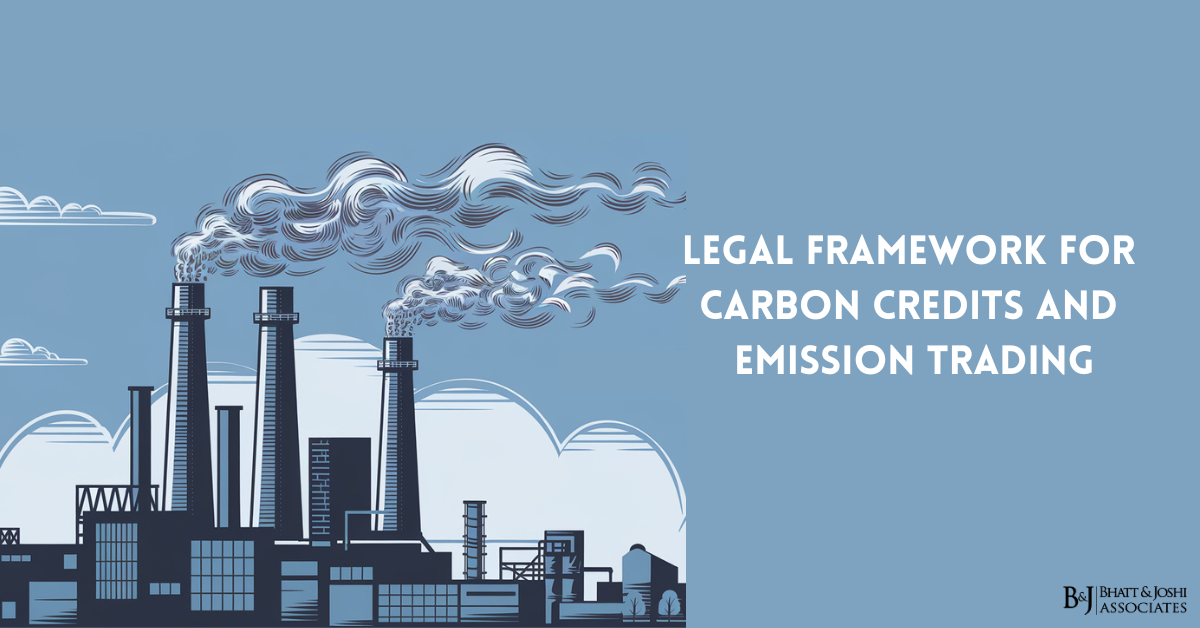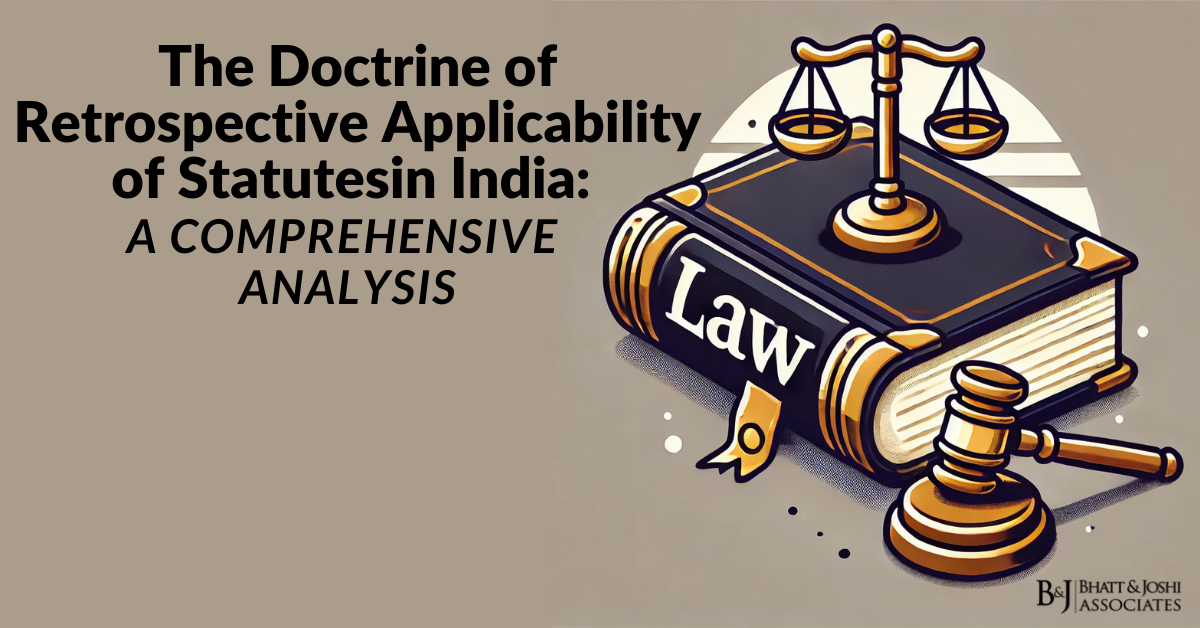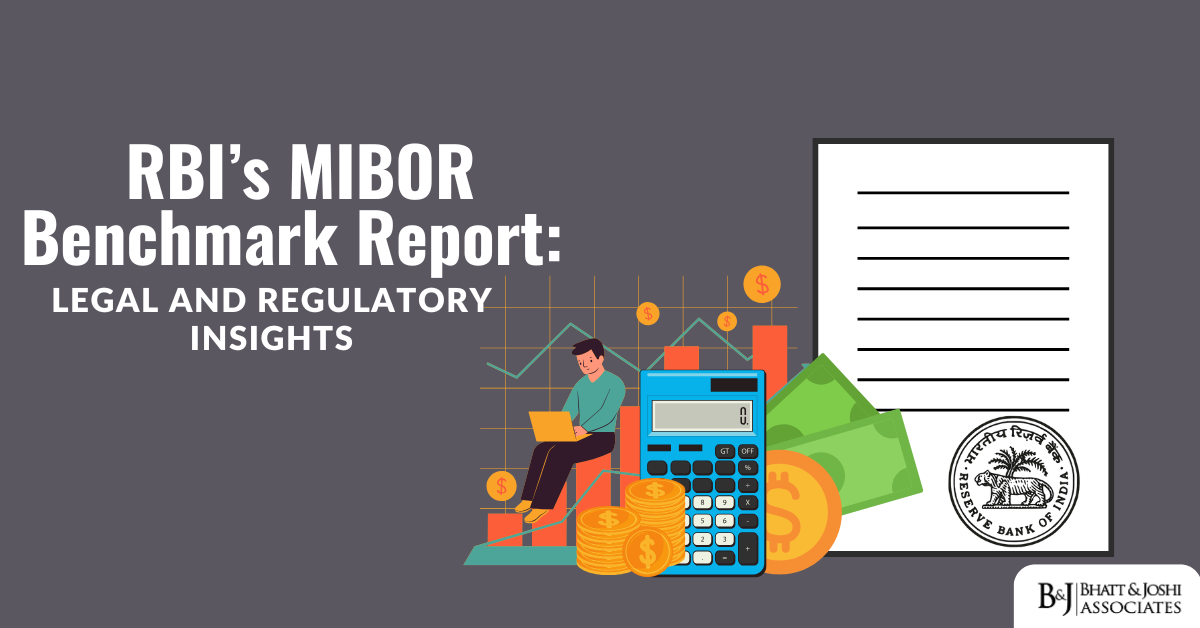Introduction
Climate change poses one of the most significant challenges of our time, requiring a concerted global effort to mitigate its impacts. Regulatory frameworks and market-based mechanisms have emerged as crucial tools in reducing greenhouse gas (GHG) emissions. Among these mechanisms, carbon credits and emission trading systems (ETS) have become central to achieving global climate goals. These systems leverage market principles to incentivize emission reductions and enable trade in carbon credits. Such frameworks provide an opportunity for countries and companies to meet their emissions targets through innovative, flexible, and economically efficient means. Rooted in international agreements like the Kyoto Protocol and the Paris Agreement, carbon credits and emission trading systems have evolved to encompass national regulations tailored to diverse economies and sectors. This article explores the legal framework that governs carbon credits and emission trading, analyzing relevant laws, case law, and judgments that have shaped their development.
Understanding Carbon Credits and Emission Trading
A carbon credit represents a permit allowing the holder to emit a specific amount of carbon dioxide or other GHGs. Typically, one carbon credit equals one metric ton of carbon dioxide equivalent (CO2e). The core idea behind carbon credits is to create a financial incentive for reducing emissions by assigning a monetary value to the right to emit pollutants. Entities that reduce emissions below their assigned threshold can sell their excess carbon credits in the market, while those who exceed their allowances must purchase additional credits to comply with regulatory limits.
Emission trading systems (ETS), also known as cap-and-trade programs, are market-based approaches that help regulate emissions by establishing a cap on the total amount of GHG emissions allowed in a given jurisdiction. Within this cap, companies receive or purchase emission allowances that can be traded. The cap is typically reduced over time, incentivizing companies to lower their emissions. This market-driven mechanism encourages technological innovation and cost-effective reductions in emissions, promoting environmental goals while allowing flexibility in how entities comply with regulatory targets.
The International Legal Framework for Carbon Credits and Emission Trading
The Kyoto Protocol and Carbon Trading Mechanisms
The Kyoto Protocol, adopted in 1997 and coming into force in 2005, was a landmark international treaty that committed industrialized countries to legally binding GHG emission reduction targets. The Protocol laid the foundation for the development of carbon markets by introducing three market-based mechanisms to help countries meet their targets: Emissions Trading, the Clean Development Mechanism (CDM), and Joint Implementation (JI).
– Emissions Trading: Often referred to as “the carbon market,” this mechanism allows countries that have exceeded their emission reduction targets to sell their surplus carbon credits to other countries that are struggling to meet their targets. This system facilitates a cost-effective means of achieving global emissions reduction goals.
– Clean Development Mechanism (CDM): The CDM enables industrialized countries to invest in emission reduction projects in developing countries and receive certified emission reduction (CER) credits in return. These credits can be used to meet domestic emission reduction commitments.
– Joint Implementation (JI): JI allows industrialized countries to earn emission reduction units (ERUs) by investing in projects that reduce emissions in other industrialized countries. This mechanism promotes cross-border cooperation and the transfer of clean technologies.
The Kyoto Protocol, with its focus on legally binding targets for developed countries, played a crucial role in establishing the global carbon market and setting the stage for future climate agreements. However, its limitations, particularly the exclusion of developing countries from binding commitments, led to the development of more inclusive frameworks.
The Paris Agreement and the Evolving Role of Carbon Markets
In 2015, the Paris Agreement marked a significant shift in global climate governance by creating a more flexible and inclusive framework for emissions reduction. Unlike the Kyoto Protocol, which imposed binding targets on developed countries, the Paris Agreement encourages all countries to set their own nationally determined contributions (NDCs) to limit global warming to well below 2°C, with efforts to limit it to 1.5°C.
Article 6 of the Paris Agreement introduces market-based mechanisms that build on the success of the Kyoto Protocol while addressing its shortcomings. Article 6.2 establishes a framework for voluntary cooperation among countries, enabling the transfer of internationally transferred mitigation outcomes (ITMOs). This allows countries to collaborate on emissions reduction efforts, facilitating global carbon trading and enhancing cost-effective climate action.
Article 6.4 introduces a new mechanism to replace the CDM, aiming to contribute to sustainable development and support the reduction of emissions in a manner that ensures environmental integrity. Known as the Sustainable Development Mechanism (SDM), it seeks to promote higher standards of transparency and accountability, ensuring that emissions reductions are verifiable and additional to what would have occurred in the absence of the mechanism.
The Paris Agreement’s emphasis on voluntary cooperation and market-based solutions has led to a broader and more integrated carbon market, one that promotes global collaboration in achieving emissions reductions while accommodating the differing capabilities of developed and developing nations.
National and Regional Emission Trading Systems
Many countries and regions have established their own emission trading systems based on the principles of carbon credits and emissions trading. These systems operate under national or regional regulations, but many are interconnected with international carbon markets. Notable examples include:
European Union Emissions Trading System (EU ETS)
The European Union Emissions Trading System (EU ETS), established in 2005, is the world’s largest and most comprehensive carbon market. It is a central pillar of the EU’s climate policy, aimed at reducing GHG emissions in energy-intensive industries, electricity generation, and aviation.
The EU ETS operates on a cap-and-trade principle, whereby a cap is set on the total emissions of GHGs from covered sectors. Companies receive a set number of emission allowances, which they can trade with one another as needed. Over time, the cap is reduced, ensuring that overall emissions decline. Companies that reduce their emissions can sell their surplus allowances, while those that exceed their allowance must purchase additional permits to remain compliant.
The legal framework governing the EU ETS is laid out in Directive 2003/87/EC, which has been amended multiple times to align with the EU’s evolving climate goals. In 2018, the European Court of Justice issued a landmark ruling in Air Transport Association of America and Others v. Secretary of State for Energy and Climate Change (C-366/10), affirming the legality of including aviation in the EU ETS. This case solidified the EU’s authority to regulate emissions from international aviation, despite objections from non-EU countries, underscoring the strength and global reach of the EU ETS.
California Cap-and-Trade Program
California’s Cap-and-Trade Program, established under the California Global Warming Solutions Act of 2006 (Assembly Bill 32), is one of the most comprehensive state-level climate policies in the United States. The program covers major GHG-emitting sectors, including electricity generation, large industrial facilities, and fuel distributors. By setting a statewide cap on emissions, California incentivizes companies to reduce their carbon footprint through innovation and efficiency.
The program’s legal framework is codified in California Code of Regulations, Title 17, Section 95800 et seq., which sets forth the rules for compliance, reporting, and trading within the cap-and-trade system. One of the key legal challenges to the California program came in California Chamber of Commerce v. California Air Resources Board (2017), where the plaintiffs argued that the auctioning of emission allowances constituted an illegal tax. The California Court of Appeal ruled in favor of the state, finding that the auction system was a legitimate regulatory fee designed to reduce GHG emissions, not a tax. This ruling affirmed the legal validity of California’s cap-and-trade system and reinforced its role in promoting market-based climate solutions.
China’s National Emission Trading System
China, the world’s largest emitter of GHGs, launched its national emission trading system (ETS) in 2021. Initially covering the power generation sector, the system is designed to gradually expand to other high-emitting industries such as steel, cement, and chemicals. China’s ETS is a key component of its broader strategy to achieve carbon neutrality by 2060.
The legal foundation for China’s ETS is provided by the Measures for the Administration of Carbon Emission Trading (Trial), issued by the Ministry of Ecology and Environment. The system operates similarly to other cap-and-trade programs, with allowances allocated to companies based on their historical emissions. As China’s ETS expands, it is expected to become the world’s largest carbon market, reflecting the country’s growing commitment to reducing its environmental impact.
Legal Challenges and Enforcement in Carbon Markets
As carbon markets have grown, so have the legal challenges associated with their implementation and enforcement. Ensuring the integrity of these markets requires robust regulatory frameworks to prevent fraud, market manipulation, and speculative trading. Moreover, ensuring that emission reductions are verifiable and additional (i.e., they would not have occurred without the project) is a crucial component of maintaining market credibility.
One such challenge arose in Friends of the Earth v. Avenal Power Center (2010), where environmental groups challenged the issuance of permits for a new power plant, arguing that it would violate California’s cap-and-trade goals. The U.S. District Court for the District of Columbia ruled in favor of the plaintiffs, highlighting the importance of ensuring that new development projects comply with emissions reduction targets established under cap-and-trade systems.
The verification of emission reductions and the prevention of double-counting—where the same emission reduction is claimed by multiple parties—are significant legal concerns. The case of South Coast Air Quality Management District v. Federal Energy Regulatory Commission (2019) illustrates the growing need to integrate carbon markets with broader environmental regulations. In this case, the U.S. Court of Appeals for the D.C. Circuit held that the Federal Energy Regulatory Commission (FERC) must consider the environmental impact of GHG emissions when approving new natural gas pipelines, highlighting the importance of aligning carbon market policies with other environmental safeguards.
The Role of Voluntary Carbon Markets
In addition to compliance markets like the EU ETS and California’s cap-and-trade program, voluntary carbon markets play an important role in the global effort to reduce emissions. Voluntary markets allow companies and individuals to purchase carbon offsets to compensate for their emissions, typically by investing in projects that reduce or capture carbon, such as reforestation, renewable energy development, or energy-efficiency initiatives.
Voluntary markets are governed by private standards such as the Verified Carbon Standard (VCS) and the Gold Standard, which set the rules for the certification and trading of carbon offsets. While these markets offer flexibility and promote corporate social responsibility, they also face challenges related to transparency, accountability, and environmental integrity.
A key legal issue in voluntary markets is ensuring that the emissions reductions generated by offset projects are real, measurable, and additional. In Environmental Integrity Project v. U.S. Environmental Protection Agency (2020), environmental groups argued that the EPA’s approval of certain offset projects lacked sufficient oversight to ensure that they delivered actual emissions reductions. The case underscored the need for stronger regulatory frameworks to ensure that voluntary carbon markets contribute meaningfully to global climate goals.
Emerging Trends in Carbon Credits and Emission Trading
As the global response to climate change intensifies, several trends are shaping the future of carbon credits and emission trading systems. These trends reflect the evolving nature of climate governance and the growing importance of market-based mechanisms in achieving emissions reductions.
– Expansion of Carbon Markets: Countries like China and South Korea are expanding their national carbon trading systems, and efforts are underway to link regional markets to create a global carbon market. The International Civil Aviation Organization’s (ICAO) Carbon Offsetting and Reduction Scheme for International Aviation (CORSIA) is an example of how carbon markets are expanding to new sectors.
– Integration with Sustainable Development Goals (SDGs): Carbon credit projects are increasingly linked to broader sustainability goals, such as poverty alleviation and biodiversity conservation. This integration ensures that carbon trading contributes to sustainable development while achieving emissions reductions.
– Technology and Transparency: New technologies, including blockchain, are being explored to enhance the transparency and efficiency of carbon markets. Blockchain technology is being used to track carbon credits and ensure that emissions reductions are verifiable, preventing fraud and market manipulation.
Conclusion
The legal framework governing carbon credits and emission trading has evolved significantly over the past two decades, driven by international agreements, national regulations, and market-based mechanisms. These systems provide an innovative and flexible approach to reducing GHG emissions, leveraging market principles to promote cost-effective emissions reductions while allowing companies and countries to meet their climate commitments.
However, as carbon markets continue to expand, so too do the challenges associated with ensuring their integrity, transparency, and effectiveness. Legal cases and judgments around carbon markets reflect the complexities of balancing environmental goals with economic considerations, while also ensuring compliance and enforcement.
As the world strives to meet the ambitious goals set by the Paris Agreement, carbon credits and emission trading systems will play an increasingly central role in global climate governance. Ongoing legal innovation and adaptation will be essential to ensuring that these mechanisms contribute meaningfully to a sustainable and low-carbon future.














